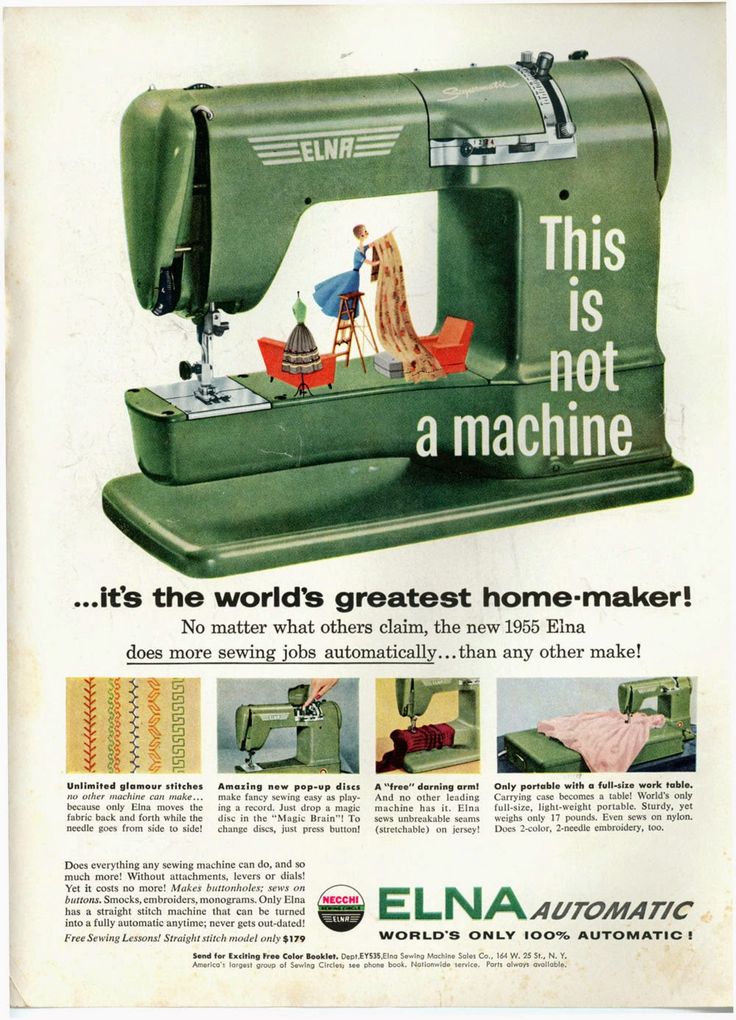
Sewing is an age-old craft, with its roots stretching back to the dawn of human civilization. However, it wasn’t until the invention of the sewing machine that this craft experienced a revolution, transforming not only the textile industry, but also the daily lives of people around the world.
The Dawn of Innovation: Early Attempts
The journey of the sewing machine began in the 18th century with Charles Fredrick Wiesenthal, a German engineer who, in 1755, received the first British patent for a mechanical device designed to aid in sewing. Although this was a significant step, it wasn’t until 1790 that Thomas Saint, an English inventor, designed the first actual sewing machine. Saint’s machine was intended for leather and canvas, but there’s no evidence that it was ever built.
A French Revolution: Barthélemy Thimonnier
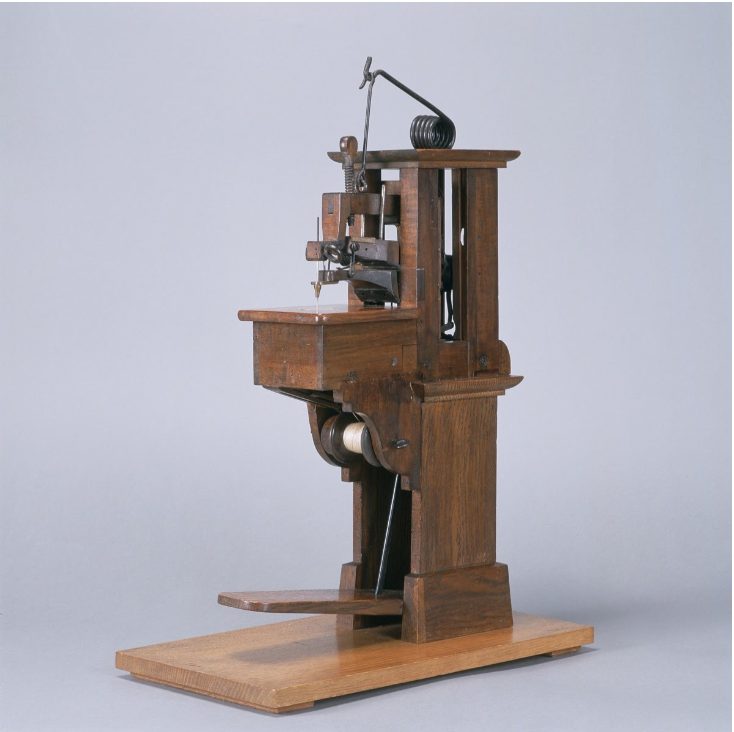
Fast forward to 1830, when a French tailor named Barthélemy Thimonnier patented the first functional sewing machine. Thimonnier’s machine used a single thread and a hooked needle to create a chain stitch. Despite his groundbreaking invention, Thimonnier faced significant opposition. His factory was destroyed by a mob of tailors who feared that the machine would take away their jobs. Yet, Thimonnier’s invention laid the groundwork for future developments.
The American Contribution: Elias Howe
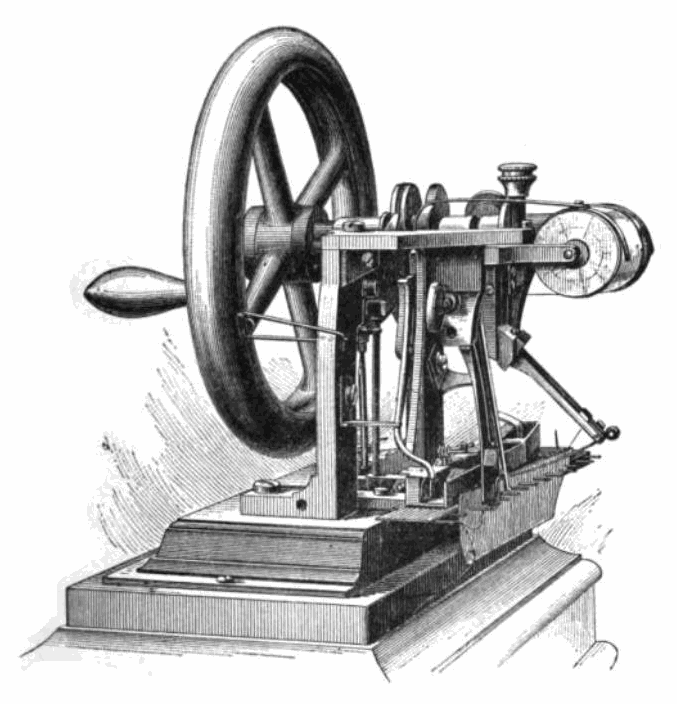
In 1846, Elias Howe, an American inventor, patented a machine that introduced the lockstitch design. Howe’s machine featured a needle with an eye at the point and a shuttle beneath to create the lockstitch. However, despite the ingenuity of his design, Howe struggled to market his machine successfully.
The Rise of Isaac Merritt Singer
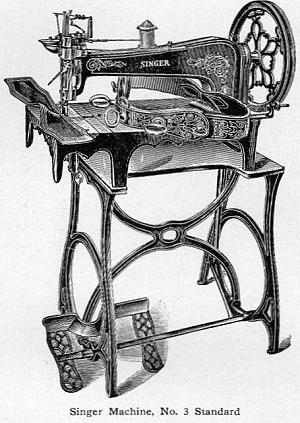
Isaac Merritt Singer, another American inventor, entered the scene in 1851. Singer improved upon Howe’s design by adding crucial features such as a presser foot to hold the fabric in place and a foot pedal (treadle) to power the machine. These innovations made Singer’s machine more practical for home use. Singer founded I.M. Singer & Co., which quickly became one of the largest sewing machine manufacturers in the world. Singer’s success also led to a prolonged legal battle with Howe over patent rights, which ultimately ended in a settlement in Howe’s favor.
Industrial and Technological Advancements
The late 19th century saw significant advancements in sewing machine technology. Mass production made sewing machines more affordable and widely available. Various improvements, such as oscillating shuttles, better tension controls, and more efficient designs, were introduced during this period.
Electrification and Specialization
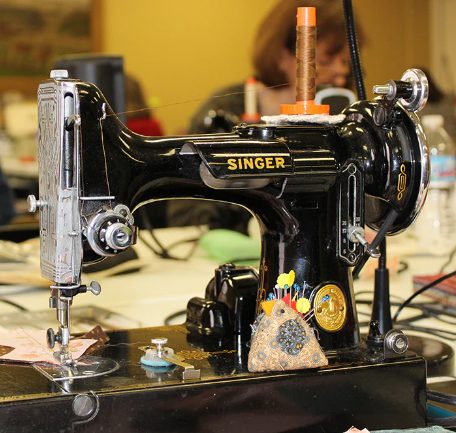
The first electric sewing machine was introduced by the Singer Sewing Co. in 1889, marking a significant technological advancement. The 20th century brought further specialization and innovation. Sewing machines were designed for specific tasks such as embroidery, quilting, and industrial use. Portable and lightweight models became popular for home use, making sewing more accessible to hobbyists and professionals alike.
The Digital Age: Computerized Sewing Machines
The 1980s heralded the era of computerized sewing machines. These machines allowed for more precise stitching, automated patterns, and easier operation. Features such as touch screens, USB ports for importing designs, and advanced sensors for automated adjustments became standard in modern machines.
The Impact on Society
The invention and evolution of sewing machines revolutionized the textile industry, increased productivity, and made sewing more accessible to the general public. This technological leap also had a significant impact on fashion, home economics, and the craft of quilting. The sewing machine’s history reflects broader trends in technology, industrialization, and consumer culture, showcasing the continuous drive for innovation and efficiency.
From the early designs of the 18th century to the sophisticated, computerized machines of today, the sewing machine has come a long way. Each innovation has brought us closer to making sewing an art that combines precision, efficiency, and creativity. As we look back on this journey, we celebrate the inventors and innovators who have threaded their ingenuity into the fabric of our lives.
The next time you sit down at your sewing machine, take a moment to appreciate the history and evolution behind this incredible tool.
I’ve heard of giving your machine a fun name. I think it is a great way to make a connection with the machine that allows me to make so many wonderful things. Perhaps, I’ll have to give my machine a name. Plus my machine needs a spa day every once in a while (a.k.a. a trip to the sew-vac store for a tune up). I love to make sure I always take care of my machine by cleaning it after every bobbin change, refreshing the needle after a project, and oiling according to the manual.
I want to wish you a happy week of sewing!

Great post! The history of sewing machines is a fascinating one. It is also cool to see vintage machines and get to use them when available.